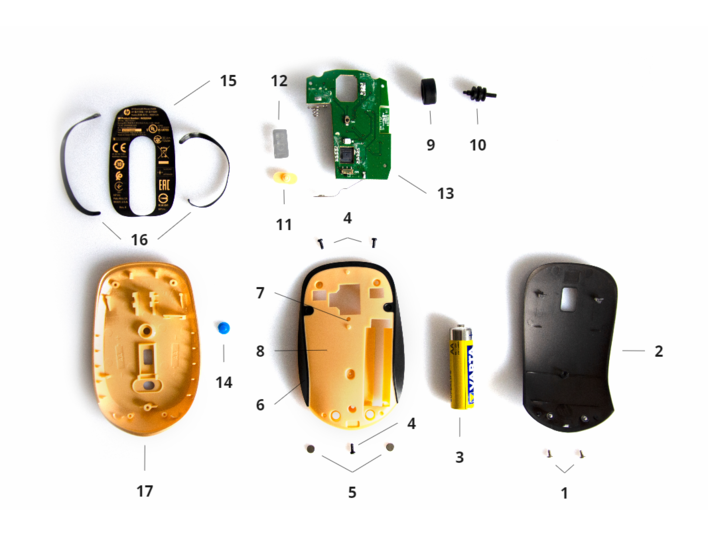< Semester 6 > Next course
Design for the Circular Economy
In nature, there is no such thing as waste. Think of a tree and how its leaves grow and fall, but they become nutrients for something else. That’s the core idea that inspires the circular economy. So how can we design products in the way that nature does? This course prepares students to play a key role in designing out waste and transitioning to a circular economy.
Transitioning from a linear to a circular economy is about more than designing a product, it’s about designing an entire system. This course provides knowledge and tools for designers to help companies make that transition.
Learn the intricacies of how business models influence what you can do in design. Explore how to include repair, refurbishment, remanufacturing and eventually, recycling in the design process. Understand how to extend the useful life of products, capture value and design out waste.
Dive into real-world cases to study circular business models. Explore recovery strategies and how they bring value in the circular economy. Apply this knowledge as you analyse and deconstruct an existing product in order to propose a redesign based on circular economy principles.
Develop both a theoretical and practical understanding of how to address the business and design aspects of going circular, preparing to be an agent of change in a more sustainable future.
Course Coordinator's perspective
“I’m really proud of the fact that this course presents state of the art tools and will provide students with the knowledge they need to start helping companies design for the circular economy. They get the chance to explore and apply the tools they learn, putting them into practice. It’s very hands on and inspiring.”
Ingrid de Pauw



